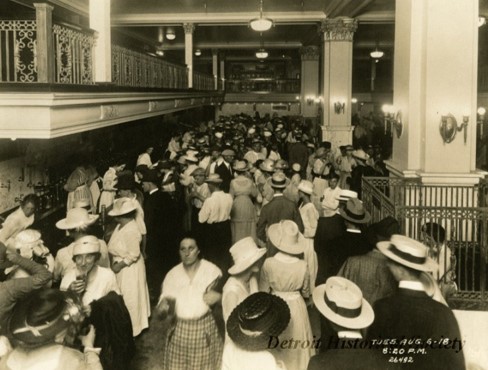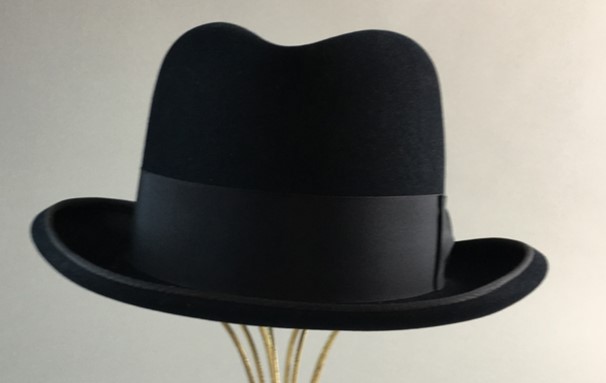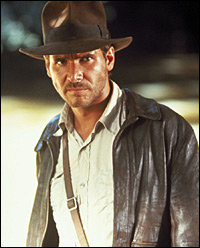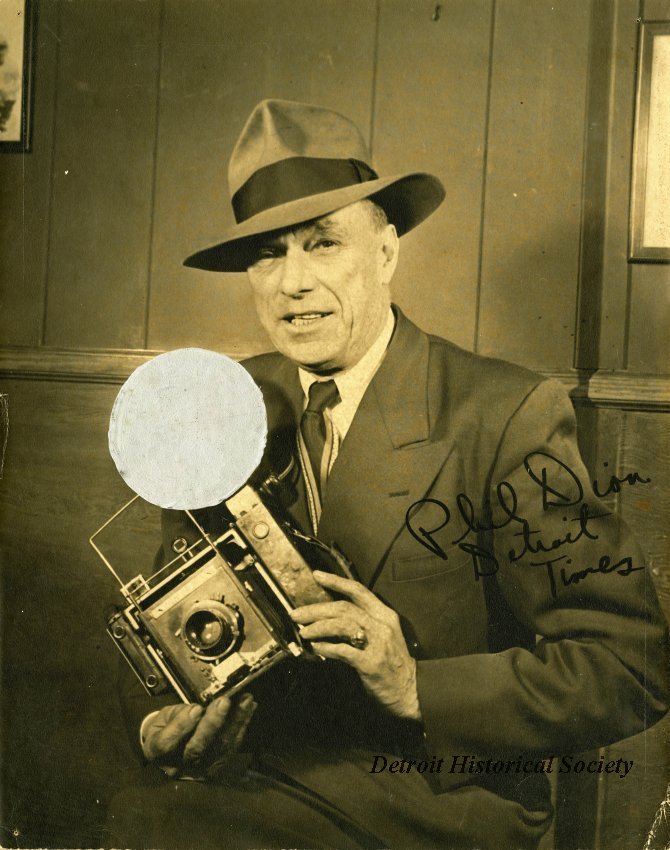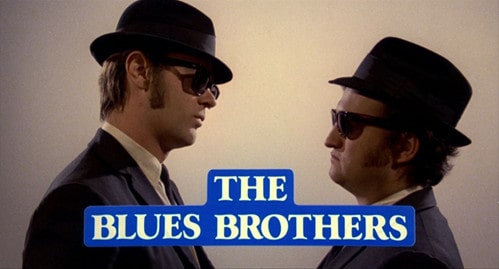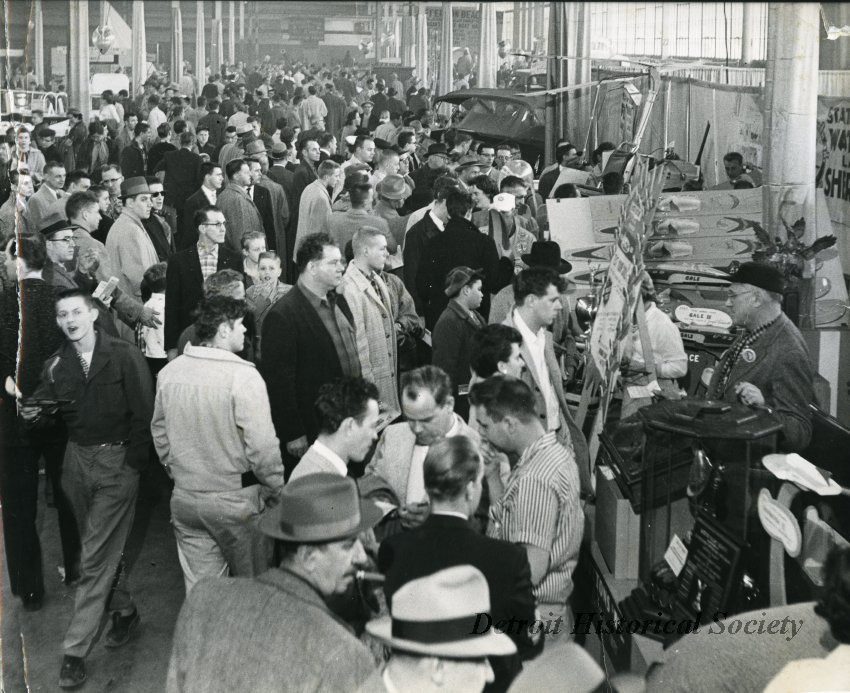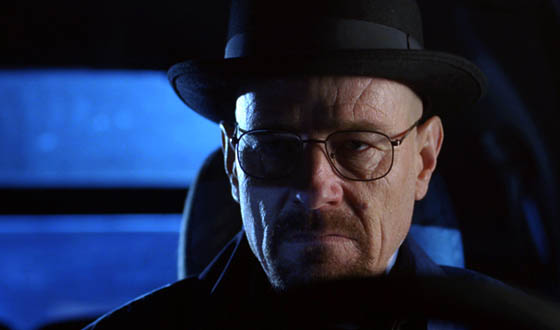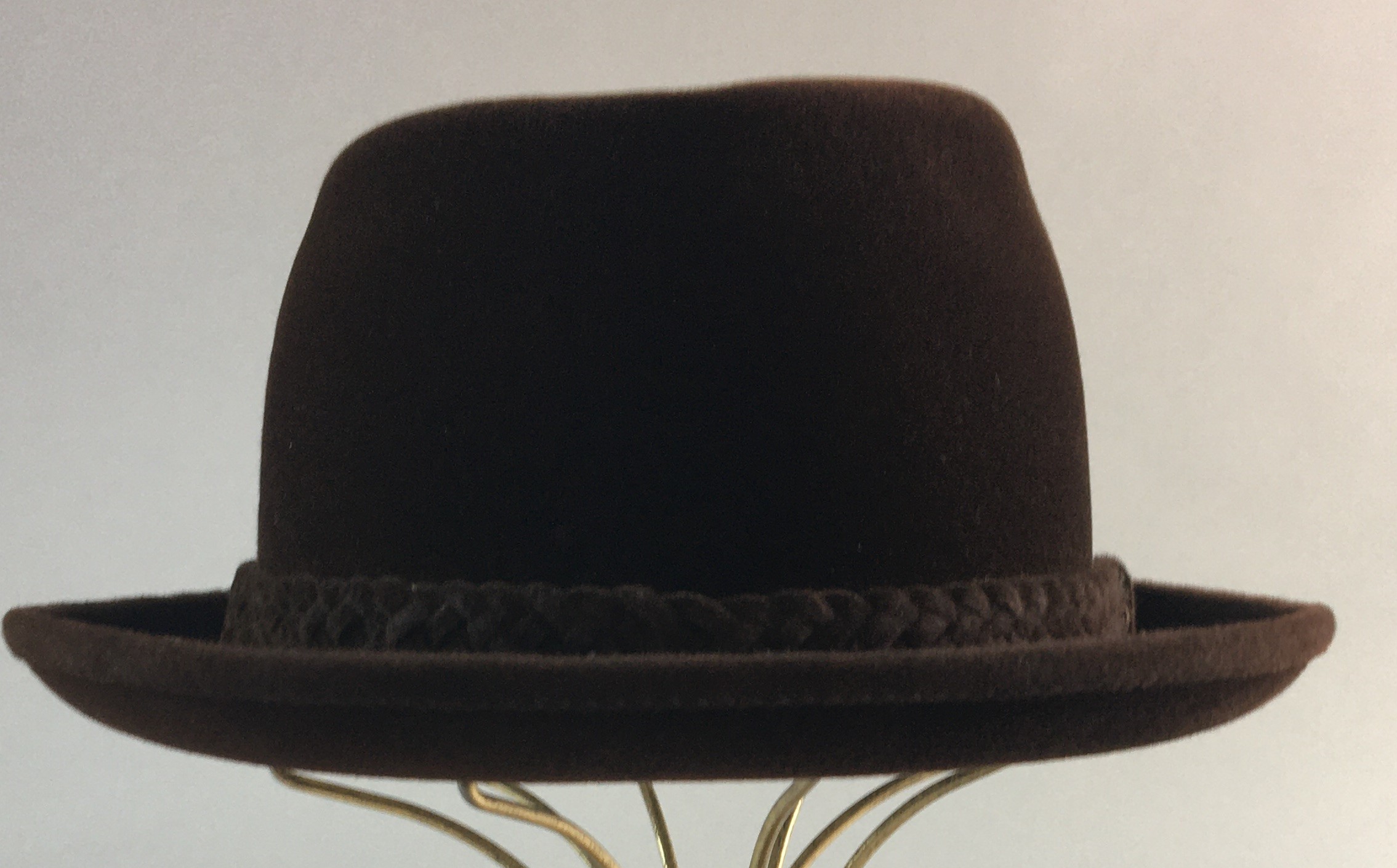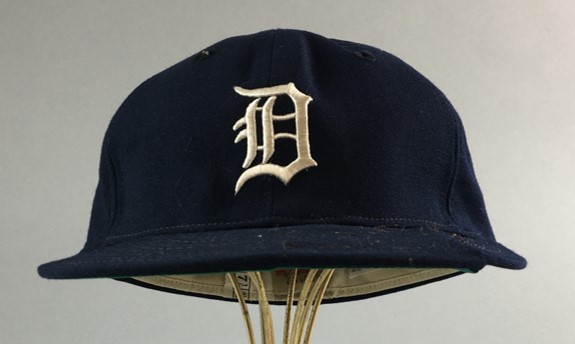The Detroit Historical Society Collection is home to approximately 1,800 hats: Men’s, women’s, children’s, winter, summer, military, formal, casual, etc. These function as a critical part of the larger Costume and Textile collection which, at 20,000 artifacts strong, is the single largest grouping of objects in our holdings. A good chunk of the 1,800 hats were sold from Detroit department stores or were created by local designers, but the majority of them were collected to serve as representatives of certain periods and styles.
Despite the subtle differences outlined below, the men's hats in the collection are the easy ones to separate into distinct styles; the ladies' head fashions are a little tougher to parse out. Regardless, we'll start with some easy ones.
19th Century
Top Hat
Top hats owned the 19th century, and no history of men's hats would be complete without them. Like automobile fins in the 1950s, top hats started out relatively small in the 1790s, grew gaudily large, and then shrank again. While auto-fins disappeared completely, one can still spot top hats being worn on occasion, mostly at weddings or high school formals worn by those wishing to make a statement, ironic or otherwise. So dominantly popular in the 1800s, it stands to reason that there would be some carry over into the 1900s, and there was, but mostly among the elderly and affluent. However, in context with the rest of the fashion world, the fact that the top hat is still being worn more than 200 years after its inception is astonishing. But all top hats were not created equally.






